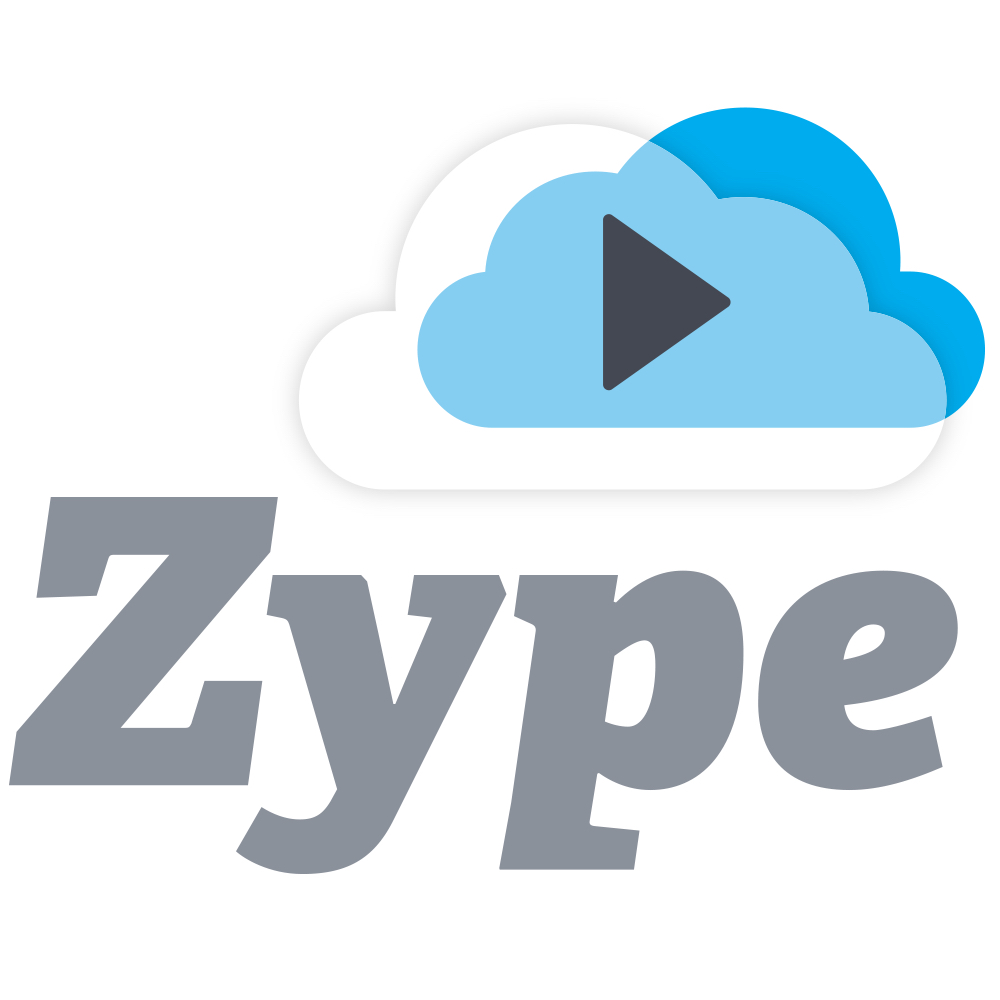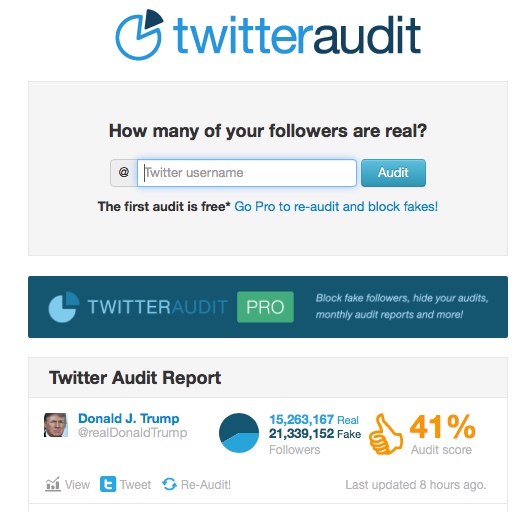Insights is a weekly series featuring entertainment industry veteran David Bloom. It represents an experiment of sorts in digital-age journalism and audience engagement with a focus on the intersection of entertainment and technology, an area that David has written about and thought about and been part of in various career incarnations for much of the past 25 years. David welcomes your thoughts, perspectives, calumnies, and kudos at david@tubefilter.com, or on Twitter @DavidBloom.
This installment of Insights is brought to you by Zype. 
For all the recent cultural omnipresence of online influencers, the past year or so has had some seriously rough patches.

Subscribe for daily Tubefilter Top Stories
There was Adpocalypse, paycheck-busting algorithm changes, the Fake News Election, the Rise and Meh of Livecasting, Christina Grimmie’s murder and so much more. And even vegan vloggers, for goodness sake, get to deal with idiot trolls like this guy.
Oh sure, as Tubefilter has repeatedly chronicled, plenty of big names are routinely signing (and breaking) five- and six-figure deals with big brands to create, well, lots of online stuff. More power to them. For online stars – especially thoughtful and outspoken ones such as Tyler Oakley, Hannah Hart, or Casey Neistat – the paydays are a much-deserved reward after years of constant content creation, self-marketing and audience tending.
But now I’m wondering if we’re due for another advertiser rebellion, this one involving the hot recent trend in using fleets of relatively cheap microinfluencers, typically those reaching a tightly focused audience of fewer than 50,000 followers, to push brand messages. And if we don’t get another advertiser rebellion, I’m going to wonder why not? It looks like some brands could be getting ripped off.
One bit of evidence: A YouTube influencer-marketing site called MediaKix recently pulled a sting operation on the microinfluencer business.
MediaKix built two Instagram accounts around fake personas, building scale with stock photos and purchased likes and comments. Then, after two months and about $300 in spending, both accounts had attracted more than 10,000 followers. MediaKix then signed up the newly puffed-up accounts for “a wide range of (influencer marketing) platforms.”
Through those platforms, each of the accounts – one in fashion and one in travel – snagged a pair of sponsorship deals with big brands, getting free product, cash or both.
“…Everyday people with follower accounts of 5,000 or more are getting paid by brands — it’s not just the Kardashians of the world,” MediaKix wrote in a blog detailing the sting. “Influencers of all sizes know brand dollars are pouring into the space, and in order to compete and secure these sponsorships, influencers are increasingly inflating follower counts and engagement artificially.”
MediaKix speculated that, as more brands turn to automated platforms to simplify the process of connecting with groups of microinfluencers, they’re vulnerable to a new kind of ad fraud that might be costing brands tens of millions of dollars.
In doing the sting, MediaKix has its own axes to grind, of course. For one thing, it specializes in influencer marketing on YouTube, a significant Instagram competitor. And the company’s blog post describing its sting actually could function as a how-to manual for others hoping to commit the same fraud.
But the sting illustrates a real issue for brands and, not incidentally, for legitimate influencers trying to protect the long-term health of their business.
Basically, are you who you say you are? How do I, as a brand, know that for sure?
You can’t even trust the following of the best-known Twitter user in the world. Analysis by an app called Twitter Audit suggests that perhaps 21 million of Donald Trump’s 36.6 million followers are fake.

I’ll proudly note that Twitter Audit judged that 99% of my paltry (but oh so beloved) 3,200 followers on @DavidBloom are legit. But I’m also not trying to score influencer deals, imply I have a much bigger than reported (ahem) political base or pull any other tricks.
Apparently, not everyone else can say the same, which has implications for brand trust even for legitimate influencers. Will fraud in the microinfluencer ranks undercut the deals for, at the least, the middle class of influencers if not the cream of the crop?
I reached out to influencer consultants I know for some additional perspective. WHOSAY told me that follower fraud is primarily a problem with microinfluencers. High-level influencers, as well as athletes and actors, typically have little incentive to buy followers and fake engagement, because they already have plenty of real followers interacting with them a lot.
That said, an advertiser’s biggest opportunity to get a message across online will be through what WHOSAY called “optimized and transparent paid amplification.” Basically, any campaign using an influencer at any level will only reach 2% 10% of his or her audience organically. Facebook and other platforms have slowly changed their operations to ensure that brands must pay to get sponsored influencer posts widely seen.
So brands already are having to be more sophisticated in the way they’re using influencer deals.
And brands definitely need to know who they’re dealing with, more difficult when dealing with dozens or hundreds of microinfluencers in a campaign. Someone – the brand, its media agency, an influencer consultant – needs “ to vet talent for professionalism, creativity, brand safety and fraud. Only 10 percent of the talent in each category are good to work with,” WHOSAY said.
Marc Karzen of RelishMix, which consults with networks and studios on the social-media conversation about their shows and films, also emphasized the need for brands to know who they’re dealing with. Just as importantly, though, influencers need to figure out what they want to be.
“Any microinfluencer of any scale has to consider where they want to go with their project,” Karzen said. “If you’re completely unfiltered, you’re going to turn off advertisers. It’s just a function of positioning. If you want to be on NBC Nightly News, you have to be filtered.”
Plenty of influencers may want to push the envelope with edgy or out-there content. They can build an audience but it will be limited, Karzen said.
“If you want to create that kind of following, it’s going to be an impossibility to pull in brands,” he said. “Maybe you can pull in some programmatic ads on YouTube, but that’s not a real business. (Successful influencers) have to go old school and be responsible. You have to gain trust and respect. Everything about this whole phenomenon comes back to Journalism 101, Media 101, Building a Network 101. You can have someone like PewDiePie who makes one bad comment and you’re done. Maybe the fans are still there but the brands aren’t.”
For brands, the world of online influencers promises much, and often delivers. But they’d better know who they’re playing with, and what they’re actually paying for, a lesson they already should have learned in Adpocalypse, the viewability issue and other fights.
As for influencers, their first duty had better be ensuring they act like grownups in this new business, so it can have a chance to really grow up, too. Their industry deserves it.

This installment of Insights is brought to you by Zype. Zype makes it easy for content owners to build and manage successful direct-to-consumer video businesses. The platform supports both Video On Demand and live video, multiple integrated monetization models and turnkey automation that simplifies video workflows. Visit www.zype.com to request a demo.








